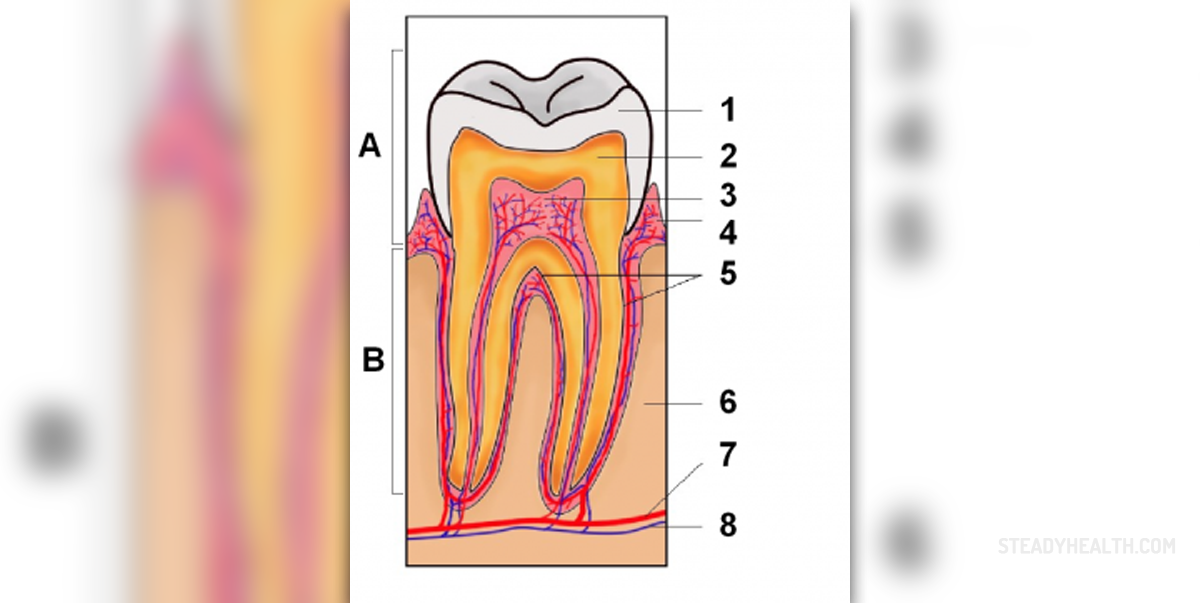
A tooth abscess is a dental condition where pus is present in the tissues that surround the tooth. The infection is caused by bacteria and results as a consequence of neglect of the decayed tooth. Tooth abscesses may also develop as a consequence of a failed root canal. A periapical abscess affects the dental pulp or the root of a tooth, a gingival abscess develops in the gum tissue without any affection of a tooth. And finally, there is a periodontal abscess in which infection affects the jaw.
How Does Tooth Abscess Occur?
A tooth abscess is a consequence of progression, of tooth decay or a bacterial infection of the tissues which surround the particular tooth. The bacteria reach the dental pulp, multiply and lead to accumulation of pus. Any kind of infection of the tooth including infected dental nerves, if not treated on time, may eventually lead to a tooth abscess.
Symptoms and Conformation of Tooth Abscess
The most prominent symptom of a tooth abscess is continuous, intensive, throbbing toothache. The pain occurs spontaneously and it becomes even more severe with biting, chewing or yawning. Additional symptoms are bad breath, swelling of the affected jaw, in severe cases facial swelling etc. The diagnosis of a tooth abscess is easily diagnosed by a well experienced dentist. Tooth X ray may be of additional help in setting of the diagnosis.
Tooth Abscess Antibiotics
The infection in a tooth abscess is treated with antibiotics. These medications are prescribed to eradicate the bacteria and prevent spread of the infection to surrounding tissues. Together with antibiotics a patient may be prescribed pain killers to control the pain. There are many antibiotics prescribed in case of a tooth abscess and the most common ones are amoxicillin, metronidazole, clindamycin and co-amoxiclav.
Amoxicillin belongs to penicillin antibiotics. This antibiotic prevents multiplication of the bacteria. It is available in many forms, tablets, capsules, chewable tablets and powder/ tablets for suspension. Some side effects of amoxicillin include abdominal disturbances such as diarrhea, vomiting, abdominal pain and it may also cause skin rash.
Metronidazole is highly effective against anaerobic bacteria. This antibiotic is also available in several forms such as tablets, capsules and injections. Some of its side effects include loss of appetite, nausea and headaches.
Clindamycin is generally prescribed to patients allergic to penicillin antibiotics. This medication is taken in a form of tablets. Clindamycin, as well as other antibiotics must be taken in recommended dose and at determined intervals. Some side effects of clindalycin include nausea, vomiting and diarrhea.
And finally, co-amoxiclav is a combination of potassium clavulanate and amoxicillin trihydrate. Its potential side effect include nausea, diarrhea etc.
The doctor chooses the antibiotic and the patient is supposed to stick to the prescribed regime and to report any of the potential side effects. This way the initial antibiotic can be replaced with a suitable substitute.


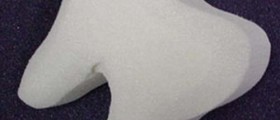

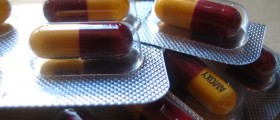
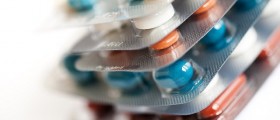




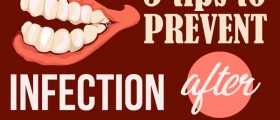
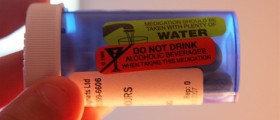

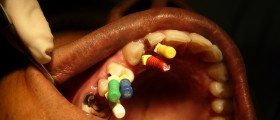
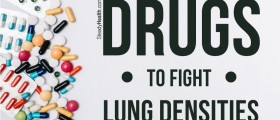
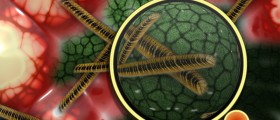
Your thoughts on this
Loading...